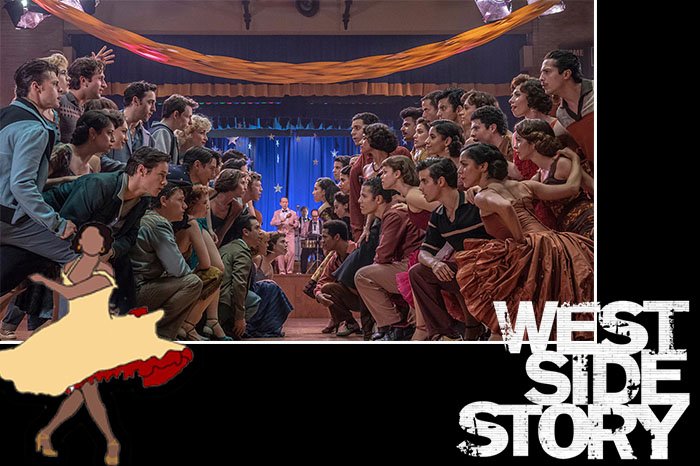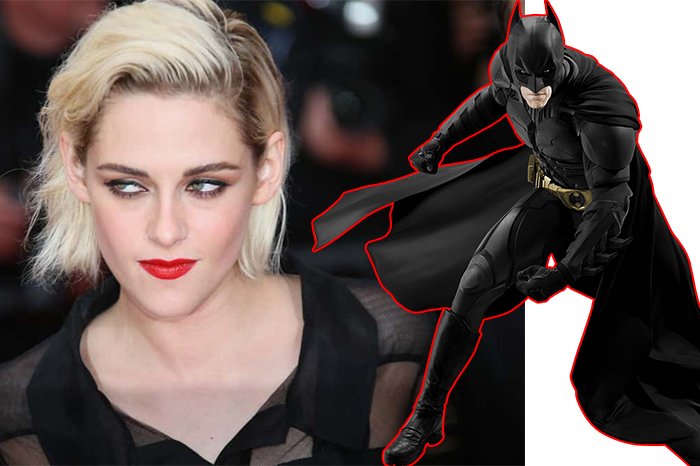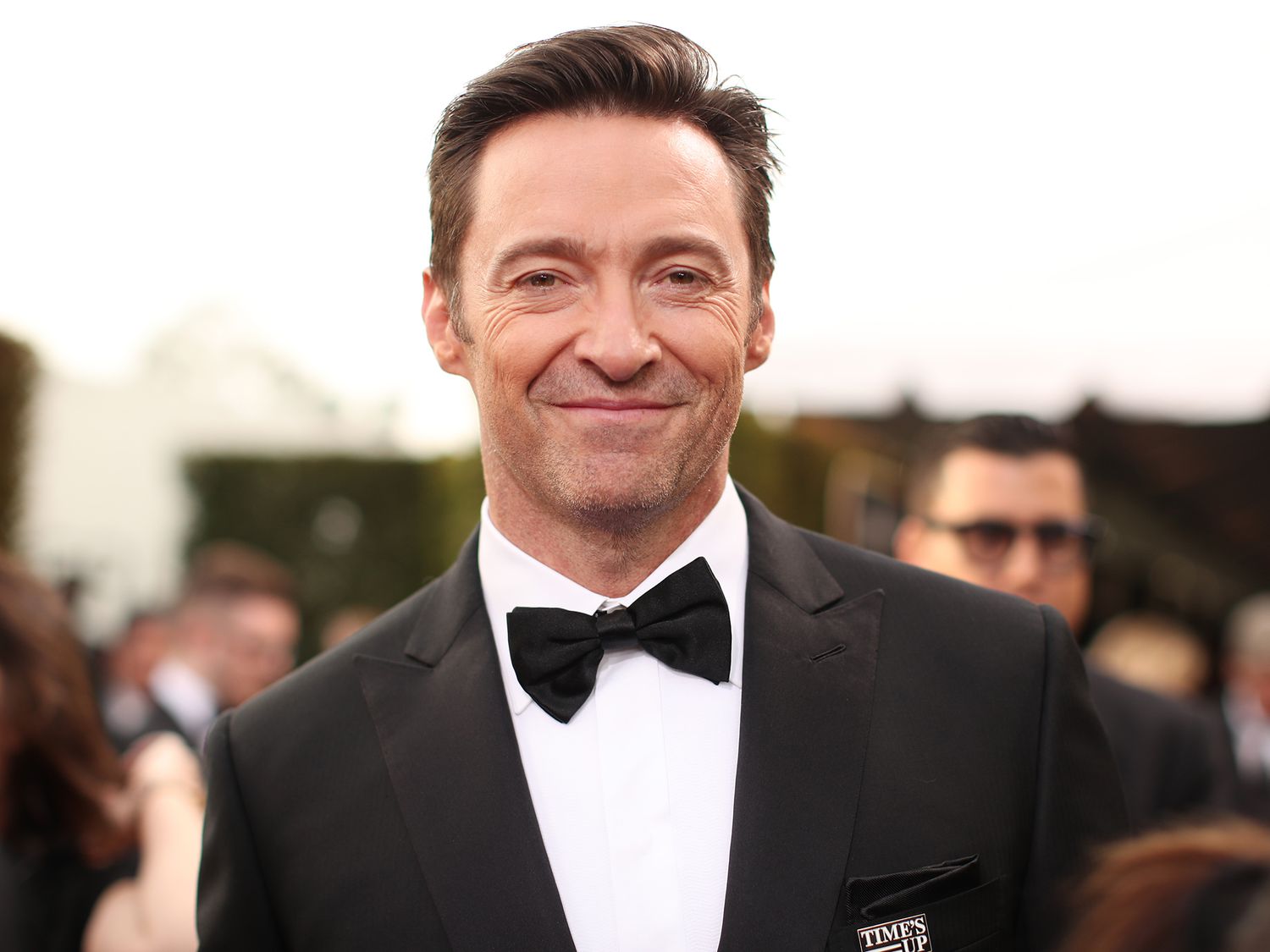 Image Source: United Agents, CBC
Image Source: United Agents, CBC
The Girl Before is a very eerie experience in its being. Chilling and creepy to the core, it is not easy to watch the house featured in the thriller series without experiencing goosebumps.
Explaining that the series actually help bring the house to life, and that is not talking idiomatically, JP Delaney, the executive producer of the miniseries and the author of the book of the same name shared, "The house has moods." "Depending on where you put the camera and how you light it, it can be austere, but it can be luxurious. It can be claustrophobic. It can be cocooning. It can be warm or it can be sterile," he explained further.
The house is designed by a very passionate architect Edward Monkford, played by David Oyelow, who feels a connection to the building. The author explained that the house is "Edward's brain made concrete." "And that's why he feels this controlling possessiveness for it, is that he's not just designed a house, he's designed a way of life and that feeds into his own psychopathy," Delaney shared.
The BBC One produced miniseries airs on HBO Max and stars Jessica Plummer, Gugu Mbatha-Raw, and Ben Hardy. The author of the novel, JP Delaney, and the production designer of the series, Jon Henson, came together to share how they brought the house from Delaney's book to the screen and instilled life into it.
The house began with a literal 'white house' construction according to the book author, who went by Japanese minimalism for his creation. However, the idea did not appeal to Henson and declared that such a setting could create a "very boring" house. He really wanted to build something else for what he thought could transform the brutalism of the house.
"To shoot in a white space with that many scenes just jumped out to me as a visual nightmare. Just dramatically and atmospherically, it would be really limiting to shoot in a white space, so I tried to talk Delaney out of that quite quickly and thank goodness he was really up for that," shared Henson about his concerns and ideas.
Hence, the production designer worked to build a place of his own creation to depict the house that would feature in the center stage of the series. He and his construction team built an entire house from scratch and gave rise to the concrete structure adorned with a lot of modern glass components.
To add to the cinema experience of the house, not only did the creator use concrete but other building materials that could impart character to the place. "Most of the finishes that you see that are concrete are scenically applied, so it's not really concrete, it's a scenic effect," Henson revealed. "We made endless, endless sheets of architectural concrete that we applied."
The designer also went ahead and used a new construction material that he described to be 'mottled stone.' The material was imported from Italy and is used along the walls and the floors of the house "I think it's infinitely better than what I described," said Delaney, "and it's very cinematic."
One of the most fascinating elements of the house to be featured in The Girl Before, and where a lot many scenes from the series will be shot is the staircase in the house. In fact, Henson himself described the floating stone staircase contraption as a "death trap."
The stairs are actually dangerous to walk on and the crew is not allowed to walk on them except during the scenes. Still, "whenever the actors are going up and down the stairs, they're attached to a harness so they wouldn't fall off." Considering the various dangers associated with the staircase, building such an element into the house was not an easy job.
"The main structure of the house is steel and then wood, and when we first built the staircase, we built it against the steel frame, but there was a small movement as you stood on it, there was just this millimeter of bounce in it," Henson shared. "It just made you really feel uneasy, like you were going to fall off. So we built an enormous steel structure outside the set, just to accommodate the stairs."
So, when they went ahead to renovate the stair structure, they chose to build it in a pair and designed each individual step into another counterpart for it. Henson called the new structure of the stairs "a steel strut that comes out with a tile cladding that slides off." He also added, "And then we made a rubber version of that, which slides on for the stunts that was finished to look like stone, but was in fact rubber, so it was safer for them to fall down the stairs."
As said earlier, Henson believes that just like any other character on the show, the house also has moods. And thus he treated it like he would treat any other individuals and shaped the house to adapt into different narratives as the story continued on. This also allowed him to add a dramatic flair to the building.
"Sometimes I wanted it to feel like a sanctuary — calm and almost zen-like — but sometimes, more like a prison." The cinematographer on the series, Eben Bolter came up with an idea to add more depth into the character of the house and suggested they use Astrea LED lights in the house so that it could help with setting up an environment for the scenes.
"They're basically tubes which you can dim the LED on so they don't get hot. You can dim them and you can change them very subtly in terms of their color," Henson explained. "We built those lights through the whole set. I mean, every light pretty much that you see in the set is using that system, which meant that Eben could control it from an offset lighting desk and in a really subtle way — and sometimes, not so subtle."
The series takes place over two different timelines showing the narration through the character of Gugu at times and at other times it would be Jess. To show the distinction between the two timelines, which otherwise look very similar to each other, the designer chose to install a Japanese maple in the house, but dress it with fake leaves. There were two versions of the trees to portray the change in the seasons. Though the idea is pretty amazing, changing the trees over and over again is not so much.
"On reflection, I created a monster. Sometimes in the middle of the day, we'd be shooting Gugu in the morning, and then in the afternoon, it would be Jess. We had a small window to change the trees, and they're quite big and heavy, so we had to devise quick systems to get them in and out. Yeah, it was quite a chore in the end," he finished.





